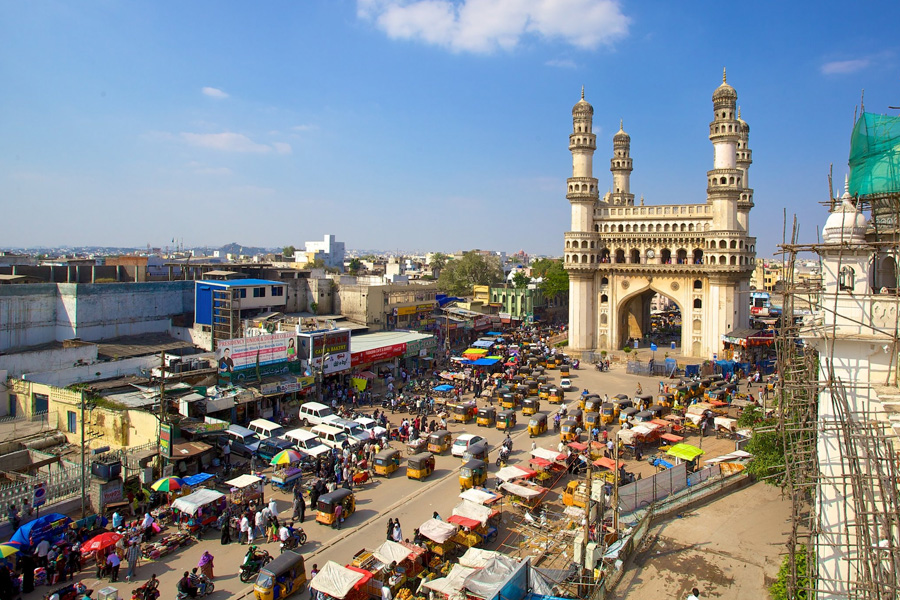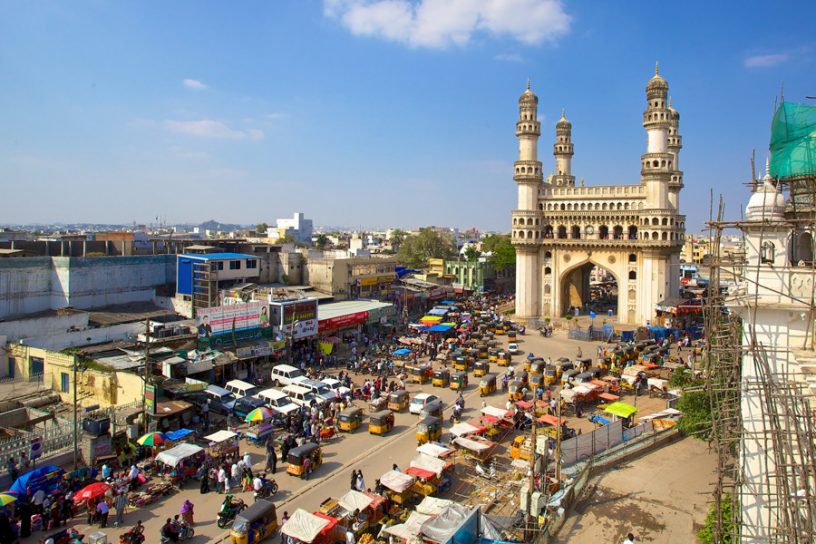
Exploring the framework for air quality data collection by employing low-cost sensors, the researchers have reported their initial experiences and observations concerning Particulate Matter data collection for four months starting from October 2021 in the city of Hyderabad in India.
Authors
Girish Agrawal, Professor, Jindal School of Art & Architecture, O.P. Jindal Global University, Sonipat, Haryana, India.
N. Chandra Shekar, IIIT Hyderabad, Hyderabad, India.
A. Srinivas Reddy, IIIT Hyderabad, Hyderabad, India.
P. Krishna Reddy, IIIT Hyderabad, Hyderabad, India.
Anirban Mondal, Ashoka University, Delhi, India.
Summary
Exposure to ambient Particulate Matter (PM) of air pollution is a leading risk factor for morbidity and mortality. The most common approach for air quality monitoring is to rely on environmental monitoring stations, which are expensive to acquire as well as to maintain.
Moreover, such stations are typically sparsely deployed, thereby resulting in limited spatial resolution for measurements. Recently, low-cost air quality sensors have emerged as an alternative for improving the granularity of monitoring.
We are making an effort to explore the framework for air quality data collection by employing low-cost sensors. In this paper, we have reported our initial experiences and observations concerning PM data collection for four months starting from October 2021 in the city of Hyderabad in India.
Published in: Database Systems for Advanced Applications. DASFAA 2022 International Workshops: BDMS, BDQM, GDMA, IWBT, MAQTDS, and PMBD, Virtual Event, April 11–14, 2022, Proceedings, Springer-Verlag, Berlin, Heidelberg.
To read the full article, please click here.


